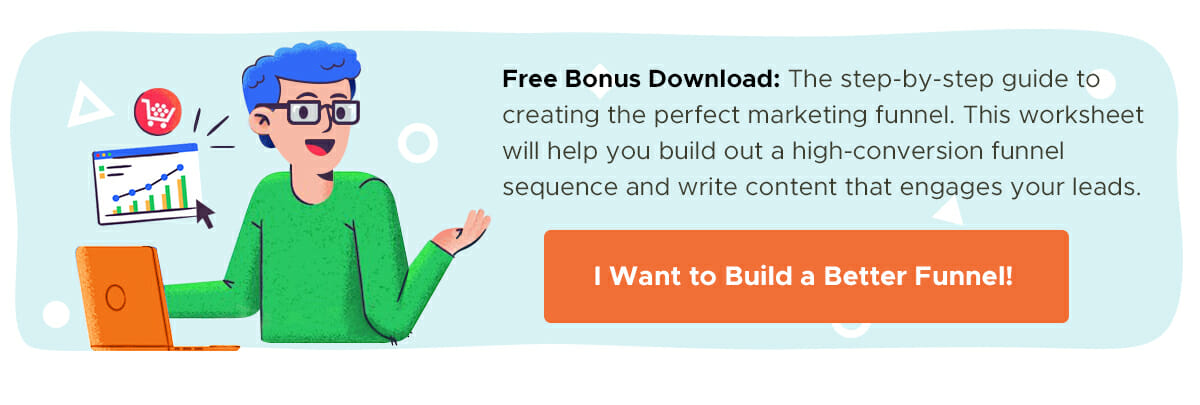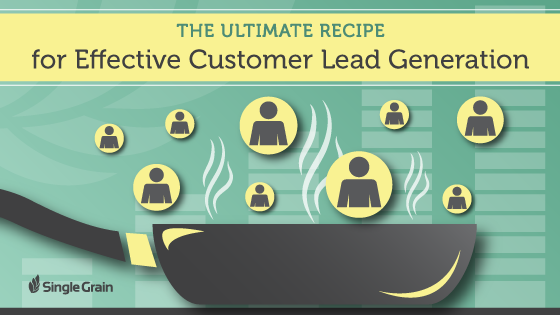
It’s as annoying as hell, isn’t it?
When another business has been active for just a fraction of the time that you have and yet still manages to eclipse your lead generation efforts, you’re left scrambling around trying to find any decent leads while you watch your smug competitor speed off to success.
How do they do it?
I’ll tell you. They’re not securing more business because they’re a better brand or even have a better product. No. They’ve understood the problem that is inherent with the majority of the sales and marketing advice you’ll find online: it’s incomplete.
It’s kind of like offering a 10-step guide that consists only of stages three to seven: you read it and think, “Wow, this is some grade A stuff!” but really, it’s pretty useless without the other five steps. The majority of free online advice isn’t intended to help you. It’s there to increase the profile and standing of the business that publishes it.
Your competitors are leaving you behind because they’ve figured this out. Instead of following the advice of one business, article or e-book, they’ve compiled several sources into one comprehensive strategy.
You need the whole process, a list of all the actions and how to combine them to create an end product.
And that’s exactly what this article is: the full recipe for effective lead generation. But first…
What Is a Lead?
A lead, despite what you may think, is not a sale.
They are two different stages of the purchase journey that are often confused with one another:
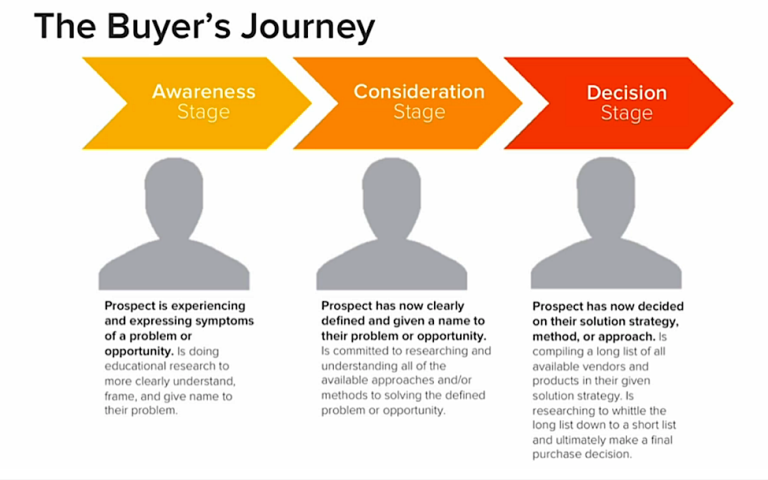
A lead is nothing more than someone who has expressed an interest in your business. They’re the people who say, “Yeah, I might be interested in what you’re offering.” It’s your job to follow up on this interest and turn that lead into a sale.
But this is where things get more complicated. The stage of the buying journey from lead to sale isn’t as simple as a journey from A to B.
Hubspot’s got a great little guide on the different stages of the customer lifecycle. I’ve paraphrased the stages that are pertinent to us:
- Lead – Leads are the first step in creating a customer. They’ve expressed more interest in your business than the average member of your target demographic but aren’t anywhere near the purchase decision point.
- Marketing Qualified Lead – MQLs are the next stage of the sales funnel. These are the people who raise their hand and say, “This seems like a pretty sweet deal.” They’re interested and will likely purchase from you one day, but aren’t quite ready for it yet.
- Sales Qualified Lead – An SQL is an MQL who has demonstrated an interest to purchase because they’ve got specific questions about what you offer. These are the people who need a one-on-one with your sales team.
- Opportunity – Opportunities are the people who have become a real sales opportunity.
- Customer – Someone who gives you money for your product or service. 🙂
But remember, this all comes after lead generation. For any of the above to happen you’ve first got to get those leads into the top of your funnel.
So how do you do that?
Learn More: MQL vs. SQL – Serve Up The Right Type Of Content To Your Leads
A Top-Down View of Lead Generation
One of the most effective and ethical ways to gather good leads that have a high potential to turn into an MLQ is with good old content marketing.
For the purpose of this guide, I want you to do something for me:
Ignore the popular, often-spouted advice that producing content is enough. This isn’t Field of Dreams and you’re not Kevin Costner. Just because you build it, doesn’t mean they’ll come.
Creating content is just one part of the equation. All the successful online marketers you hear about, from Derek Halpern to Neil Patel, agree that creating content is only 20% of the work. You need to spend the other 80% promoting it.
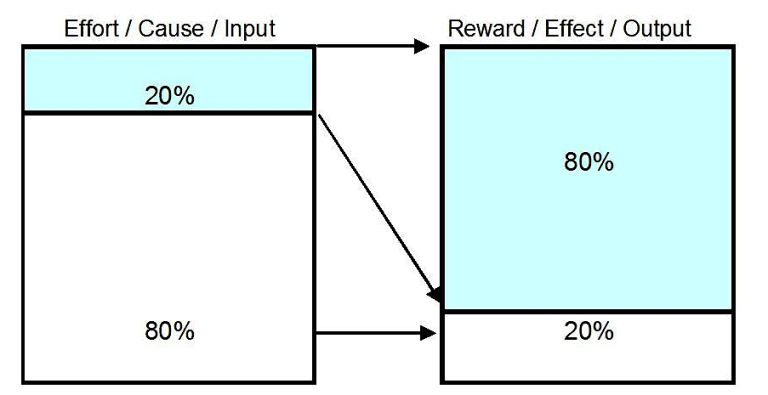
Image Credit
There are four key components to effective lead generation. I’ve outlined each stage and the order in which we’ll be examining them:
- Create a kick ass lead magnet
- Set up your lead capture landing page
- Establish a nurture campaign
- Generate traffic
Enough with the plan and on to the details!
Create a Kick Ass Lead Magnet
The first thing you need to do is establish a good lead magnet (or content upgrade). A lead magnet, as fantastically defined by Digital Marketer, is “an irresistible bribe offering a specific chunk of value to a prospect in exchange for their contact information.”
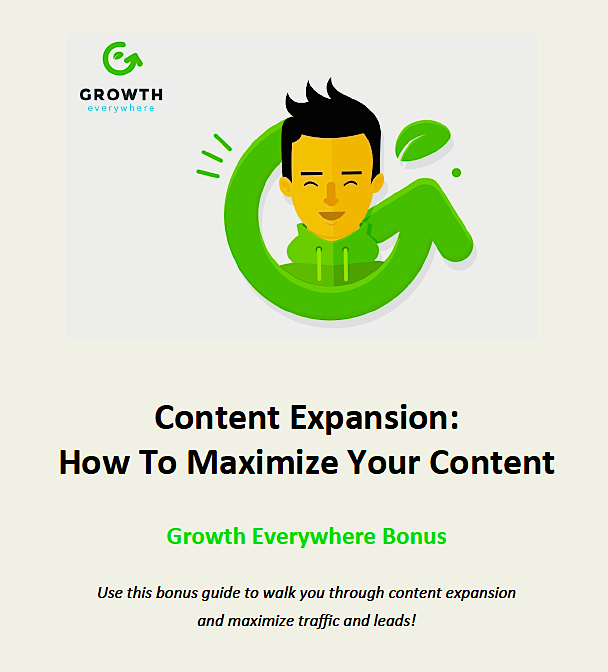
Image Credit
Why do you need a lead magnet? Well, as Peep Laja says, 95% of your visitors are not going to purchase on their first visit. They’re browsing or researching products available.
You want to be there for as many of those 95-percenters when they finally decide to take the plunge and purchase your product. But if you’re just funneling prospects through to product pages or random company pages it’s simply not going to happen.
It could take the prospect anywhere from a few hours to a few months to finally reach their purchase decision. Are they going to remember that single offer you made after all that time? Unless they have a photographic memory, nope. They’re going to go with the business they stumble upon when they’re finally ready—or the smart business who’s kept in touch.
How do you keep in touch? By capturing their email address.
How do you capture their email address? By offering a free, high-value resource for them in exchange for their details.
There seems to be some confusion online as to what exactly constitutes a good lead magnet, so I’ve listed the most successful kinds of lead magnets:
- Free E-books
- E-mail Courses
- Case Studies
- Buying Guide
- Free Consultation
- White Paper
Creating a lead magnet isn’t as simple as choosing a format from the above list and offering some free advice. The primary goal of your lead magnet should be to solve a problem that your audience experiences.
Follow these three steps and you’ll know exactly what kind of lead magnet will boost your lead generation rate:
1) Research Your Audience
You’re going to need to delve deep into your audience research to create a great lead magnet. You want to know who your audience is, the problems they’re facing right now, and the solutions they need.
2) Find Their Overlap
Now that you know who your audience is and the problems they face, ask yourself how you can help them overcome these problems. Can you create a case study that explains how marketing managers can get better SEO results? Or a free e-book explaining which running shoes are best for different running styles?
Find the problem, figure out how you can help solve it, and give away that advice for free.
3) Create as High Quality a Lead Magnet as Possible
This last step is a bone of contention for many marketers. Should you really offer something of such high value that your new leads are amazed you’re not charging for it? Why not monetize the lead magnet and instead have a product to sell?
Well, you could. But as we’ve already said, 95% of people who come across it aren’t going to purchase on their first visit. Would you rather see a slight raise in revenue from charging for the lead magnet, or capture the e-mails of a huge number of prospects for ongoing sales opportunities?
Neil Patel reportedly pays $30,000 for content that he gives away for free—content which has helped him create a marketing empire and brand himself as one of the Internet’s top marketing experts. It might seem crazy, but giving away high-value content for free really can work.
Set Up Your Lead Capture Landing Page
Once you’ve gotten your lead magnet sorted out, you’ll need to set up your landing page. The landing page is the crux of this operation. It’s where users will decide if the offer is worth the cost of their e-mail address.
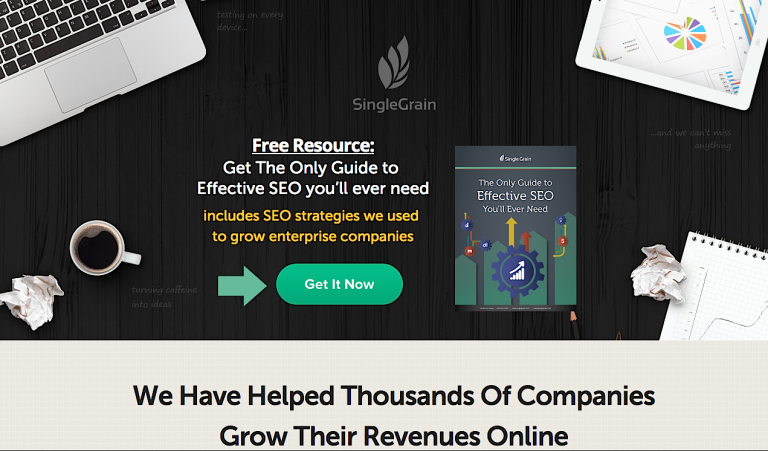
Image Credit
There’s a load of advice on the web which extols the value of various sign-up forms and pop-ups on your site. These can work, but they pale in comparison to the effectiveness of a well-optimized landing page.
Your prospects want to know what they’re going to get in return for their e-mail address. Trying to explain the full benefits of your high-value content is incredibly difficult when you’ve got limited real estate to play with, so establishing a specific landing page for the project not only gives you more room to detail the benefits, but allows you to drive specific, targeted traffic to it, thus increasing the relevancy of your page.
Unfortunately, landing page optimization is incredibly complex. If you’re serious, you’re going to need to implement numerous A/B tests, monitor your heat maps, and change nearly every element on the page.
I don’t have enough room in this article to go into depth on landing page optimization, but below I’ve listed a few golden rules:
- Focus on the benefits. Everything from your headline to your CTA should highlight the benefits and what your user will receive.
- Experiment with urgency elements. Nothing gets a person to take action like the fear of missing out!
- Get to the point. This is a landing page, not a long-form sales letter. Online user attention spans are short, so exercise a little brevity.
- Reduce form fields. People don’t want to fill in their full life history to subscribe, so only ask for what you need.
The list is just the tip of the iceberg, so if you’re looking for more info, be sure to check out 10 Tips for Landing Page Optimization.
Landing pages are the backbone of lead gen. If you get it right you could see a huge increase in the number of leads you’re generating. I saw my own capture rate triple after implementing this incredibly simple page:
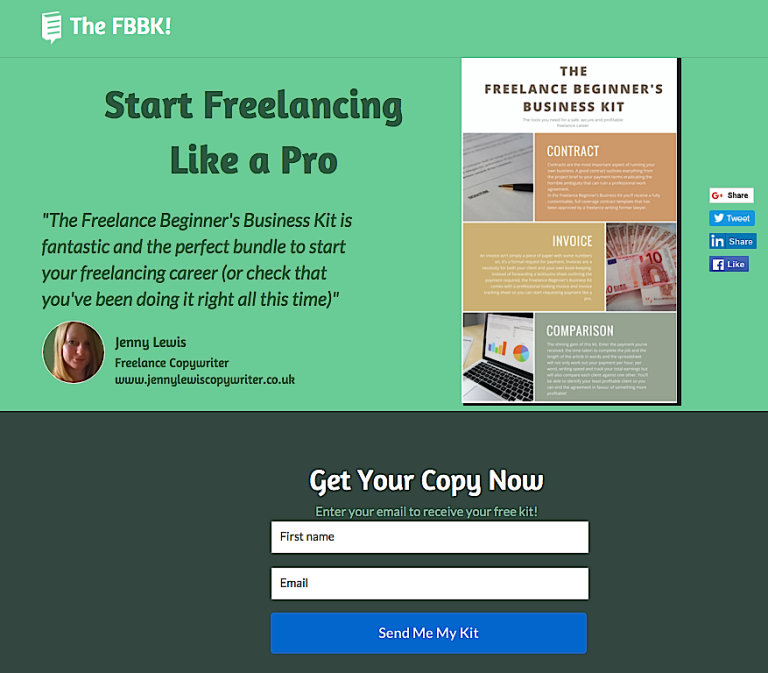
The key is to have a dedicated landing page for each lead magnet and to continue testing it to figure out which elements resonate best with your audience.
Learn More: The Ultimate Guide to Creating a High-Converting Landing Page in 2023
Nurture Your Leads
You’ve created a kick ass lead magnet and have set up a dedicated landing page. All that’s left now is to watch the leads roll in, right?
Wrong.
There are still two key areas that contribute to turning leads into customers. The first thing you’ll want to do is set up a comprehensive nurture campaign:
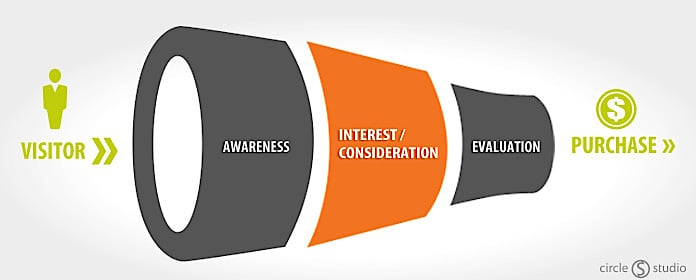
Those leads that you’ve captured didn’t sign up because they liked you or your product; they signed up because the lead magnet piqued their interest. But that doesn’t necessarily mean they’re going to buy from you. In fact, 50% of the leads in every system aren’t yet ready to purchase and around 80% of new leads never convert into paying customers.
A good lead nurturing campaign isn’t going to bring those numbers down to 0%, but it is going to drastically reduce them.
A good lead nurture campaign keeps your business at the front of your prospect’s mind for when the purchase decision has been reached. It also builds enough trust to make the purchase decision easier and can even gain you a few extra referrals.
Lead nurture campaigns can take many different forms, but the key to success comes down to three primary considerations:
- Ensure that each e-mail is useful.
- Give every e-mail a measurable goal (clicks, engagement, etc.).
- Measure and optimize (be sure to measure each individual e-mail as well as the macro conversion).
Get People Into Your Funnel
Congratulations, the framework of your funnel is now complete!
All that’s left is to get people into the top of your funnel so you can start growing your list and optimizing your campaign.
Traffic generation comes in all shapes and sizes, so finding the right strategy for your brand will take a little trial and error. The below listed options are some of the more popular strategies. Try them out and see which brings you the best results for your business.
Paid Ads
Paid advertisements have been the marketer’s go-to for an age. It includes everything from a small ad in the local rag to a TV spot to digital-only promotion.
Modern advertisers tend to rely on PPC advertisements. These include Google Adwords, Facebook, Twitter, LinkedIn, and YouTube.
An effective PPC campaign isn’t an easy thing to implement. You need to discover which channel is going to give you the best exposure to your primary client base before following the best practices for an effective PPC campaign.
Guest Blogging
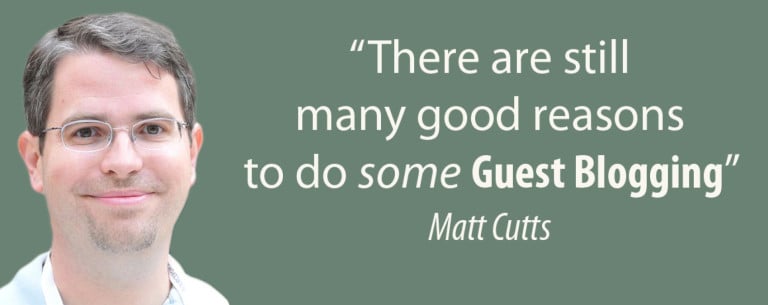
Image Credit
A lot of marketing managers dismiss the idea of guest blogging if you’re trying to sell a physical product, which is silly. It’s a great way to drive interested traffic back to your site regardless of what it is you’re selling.
But remember, the key to an effective guest blogging strategy lies in the research.
Just like your lead magnet, you need to discover the problems that your audience is experiencing. Find the overlap between those problems and your knowledge and create an awesome article.
Your next task is to find a publication that your prospects regularly read and trust.
Since you’re piggybacking on the trust of the publication, making sure that your guest post is of the highest possible value is extremely important. If you get your article and targeting right, you should see a heavy backflow of traffic that’s not only great in number, but also in quality.
Learn More: The Power of Guest Blogging (And How to Get Started!)
Content Marketing
Content marketing is the golden child of the marketing world at the minute. Creating useful content that propels your site up the SERPs is something that every business wants.
In fact, brands that establish a well-founded content marketing strategy are proven to gather 67% more leads. Keep in mind, however, that lead generation with content marketing isn’t as simple as publishing a few posts on the company blog. This strategy is not for those looking for a quick fix. It takes time to build a solid reputation and influence Google’s scoring metrics to place highly in the SERPs.
There are different kinds of content, all of which will appeal to different audiences and have different purposes. To take a very general view, you can put content into three categories:
- Written – Blog posts, white papers, and e-books are great examples of written content. They form the backbone of content marketing for the majority of businesses because they’re the most versatile form of content.
- Visual – The fashion and food industry benefit most from visual content. Think Instagram and Pinterest posts that gain attention with some awesome visuals. Non-visual businesses can tap into the visual market with things like infographics or other visual representations of results.
- Video – Video is slowly taking the lead for the most engaging form of content. YouTube comes in just second place in search engine popularity, so you should definitely look into how you can implement video in your marketing strategy.
Learn More: How to Build a High-Performance Content Marketing Strategy
Social Media
Social media is taking over. By 2018, there will be 2.5 billion social media users spending just over 51 hours every month flicking between Facebook, Twitter, Instagram, and the menagerie of other social platforms.
On their own, social media networks are little more than traffic drivers. You need a robust content strategy to back up your SM campaigns. So a tweet isn’t going to get you a lead, but a tweet to useful content might.
The users on each platform have different needs and expectations, so you’re going to need to understand the various best practices and discover which social platform works best for your needs. You might find that irreverent Facebook updates drive high converting traffic for your brand. Or perhaps a strong sales-focused tweet is your best bet for engaging with your target demographic.
Play around, track your results, and see which is the best social media fit for your business.
Conclusion
Next time you see an online article that focuses on a very specific aspect of sales or marketing, don’t immediately amend your own business practices to follow the trend because chances are, that article doesn’t cover the wider strategy. Do read what they’ve got to say, internalize the advice, and then ask yourself how it fits into the wider picture of your own business.
But if you follow these four key elements to effective lead generation — kick ass lead magnet, lead capture landing page, nurture campaign, and generate traffic — then you should be well on your way to surpassing the competition.
